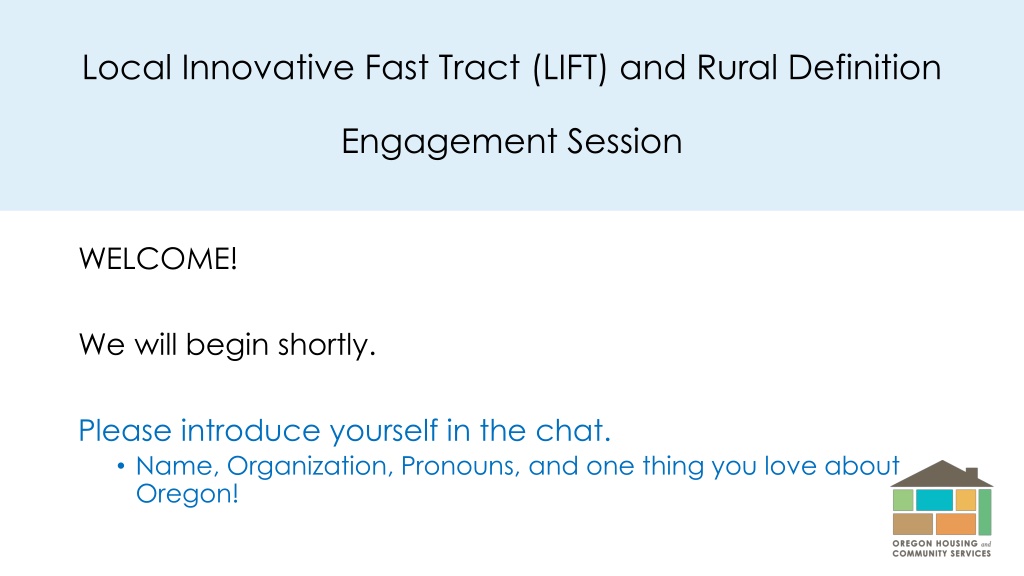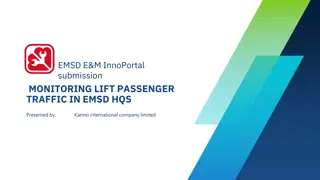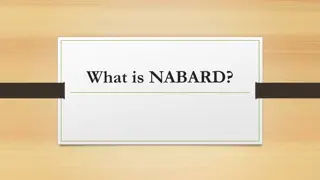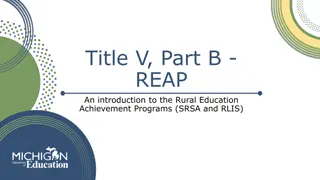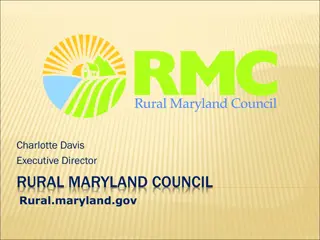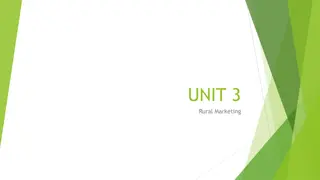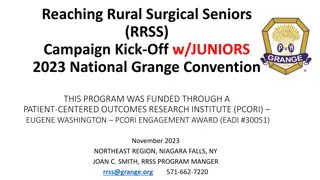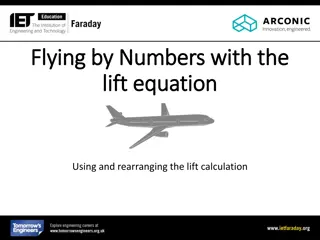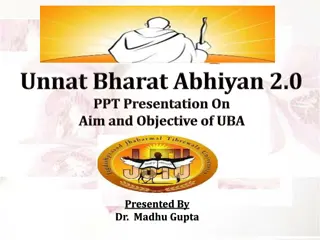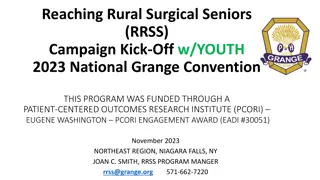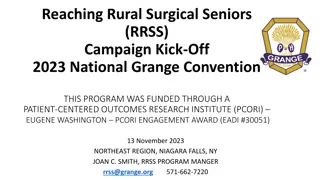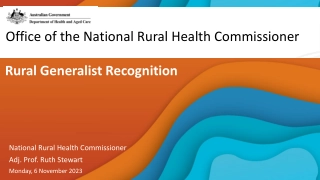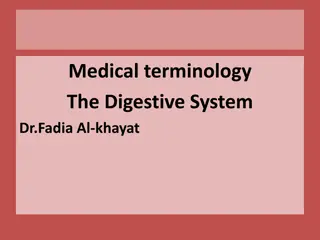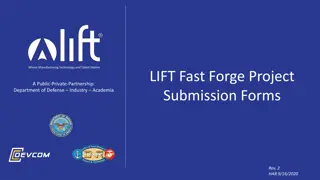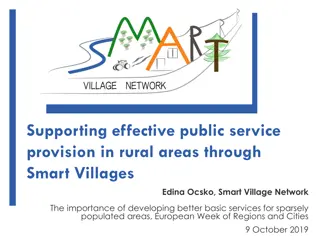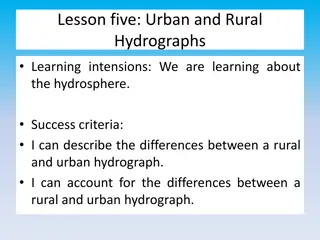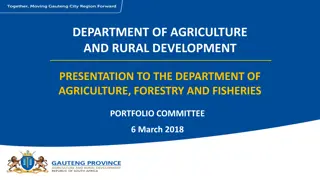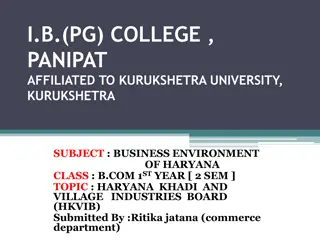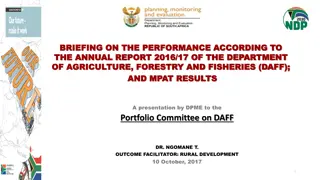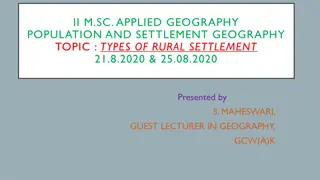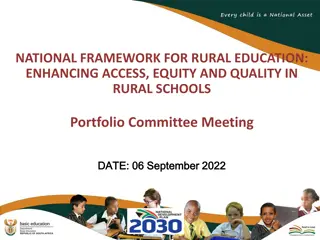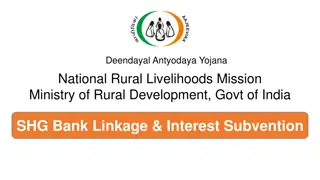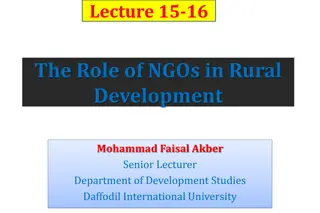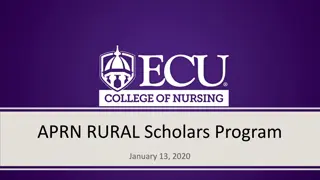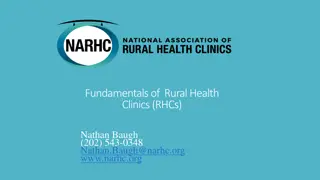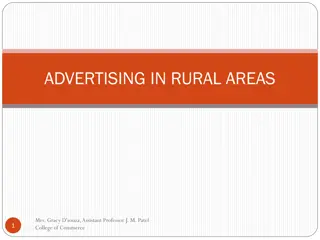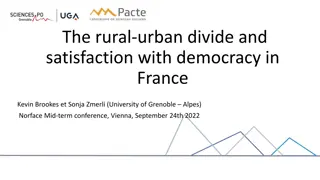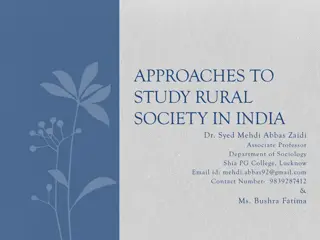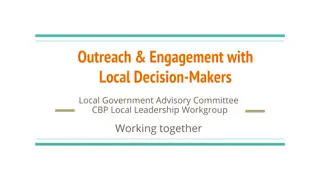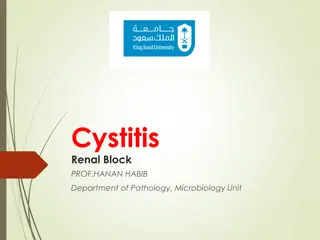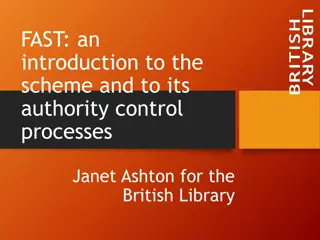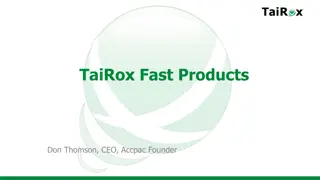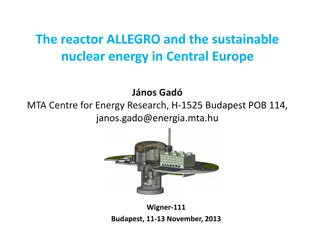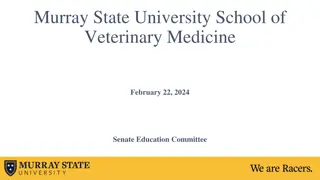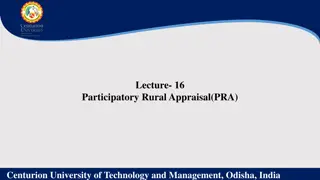Local Innovative Fast Tract (LIFT) and Rural Definition Engagement Session
Welcome to the LIFT and Rural Definition Engagement Session focusing on the LIFT Program, rental and homeownership discussions, and rural definition dialogue. Explore how the OHCS Local Innovation and Fast Track Program is utilizing funding for housing initiatives in Oregon. Share your insights and participate in feedback sessions to enhance community engagement and support. Join us in this dynamic session to contribute and learn more about innovative housing solutions in Oregon.
Download Presentation

Please find below an Image/Link to download the presentation.
The content on the website is provided AS IS for your information and personal use only. It may not be sold, licensed, or shared on other websites without obtaining consent from the author. Download presentation by click this link. If you encounter any issues during the download, it is possible that the publisher has removed the file from their server.
E N D
Presentation Transcript
Local Innovative Fast Tract (LIFT) and Rural Definition Engagement Session WELCOME! We will begin shortly. Please introduce yourself in the chat. Name, Organization, Pronouns, and one thing you love about Oregon!
LIFT and Rural Definition Engagement Session Agenda 1. Introductions and Housekeeping (5 minutes) 2. LIFT Program Overview (5 minutes) 3. LIFT Rental Discussion (20 minutes) 4. LIFT Homeownership Discussion (20 minutes) 5. Rural Definition Discussion (30 minutes)
Housekeeping and LIFT Poll Introductions Poll: How do you work with LIFT? Where do you use LIFT? LIFT Factsheets and Program Frameworks are linked in the chat
OHCS Local Innovation and Fast Track(LIFT) Program Uses Article XI-Q bond for funding which requires the State of Oregon to hold an appropriate operational interest in the Project Structure: 0% interest loan 20-30 year affordability period Deferred payment with a balloon due at the end of the affordability period Loan satisfaction: complete repayment at the end of the affordability period or, extension of affordability period for another 20-30 years. Two buckets of money: Rental and, Homeownership.
OHCS Local Innovation and Fast Track(LIFT) Program LIFT Rental For new units only New construction Conversion of nonresidential structures Up to 60% AMI Serving Communities of Color Units must be placed in service within 36 months of reservation
OHCS Local Innovation and Fast Track(LIFT) Program LIFT Homeownership For new units only New construction Conversion of nonresidential structures Funding source requires Community Land Trust (CLT) model or Condominium model Up to 80% AMI Serving Communities of Color Homes must be ready for sale within 36 months of reservation
LIFT Rental Program Feedback Questions Changing the 50/50 Urban/Rural split 55% believe the current split is NOT equitable 44% believe that more funds should go to urban communities 33% believe that more funds should go to rural communities; 44% disagree
LIFT Rental Program Feedback Questions Set-Asides for Culturally Specific Organization's and Tribal Investments 50% believe a set-aside for culturally specific organizations should be created 65% believe that ways to use LIFT for projects in Tribal Communities should be explored Respondents were divided on the idea of keeping the current set-asides, and adding a secondary set aside within Rural/Urban.
Rental Set-Aside Proposal Create Mid-Sized Urban Communities set-aside in Urban Proposed definition: Communities outside the Portland Metro Urban Growth Boundary, that are located in Metropolitan Statistical Areas (as laid out in our Rural Definition) with populations between 15,000 and 40,000. Create Culturally Specific Organization/Tribal Led Investment set-aside Would be a percentage of the total LIFT funding Would not be restricted to the urban or rural set-aside Article XI-Q bonds cannot be used on Tribal land but can be used for tribal led developments off Tribal lands.
LIFT Rental Program Feedback Questions Cost Containment via RS Means Most agree that RS Means does not reasonably compare with construction costs in Oregon Most agree that scoring points for this category should be reduced
LIFT Cost Containment Proposal Due to statute, LIFT must use a cost containment metric Proposal: Continuing using RS Means with a wider spread of points Past points: 6 points for 15% or more under RS Means to 3 points for up to 5% over RS Means.
LIFT Cost Containment Proposal Points Spread Example: 6 points: greater than or equal to 15% less than comparable RS Means data 5 points: between 0-14% less than comparable RS Means data 4 points: between 1-5% above comparable RS Means data 3 points: between 6-10% above comparable RS Means data 2 points: between 11-15% above comparable RS Means data 1 point: between 16%-20% above comparable RS Means data 0 points above 21% above comparable RS Means data
LIFT Homeownership Feedback Questions In the LIFT Homeownership NOFA, which model of developer fee do you prefer?
LIFT Homeownership MWESB Feedback Question Respondents seem to be struggling to meet our MWESB goals in Homeownership, with the biggest issues being due to volunteer labor. Homeownership has been including professional development MWESB to meet goals. Split results on finding MWESB in the area projects are building in.
LIFT Homeownership Discussion: Manufactured Home Communities Naturally occurring affordable housing The 2020 wildfires destroyed many manufactured home communities Manufactured home community ownership can be structured as a Resident-Owned Community, or a Community Land Trust
Rural Definition Feedback Currently, OHCS defines a Rural community as one with a population under 40,000 if not in a HUD MSA county and under 15,000 if in a HUD MSA County. Please indicate your level of agreement with the following statements.
Rural Definition Discussion If community is in a Metropolitan Statistical Area (MSA) population under 15k and NOT in Portland Metro Urban Growth Boundary, then Rural. If NOT in an MSA, population under 40k.
Rural Definition Discussion MSA Name Counties included in MSA Portland-Vancouver- Hillsboro Salem Albany-Lebanon Corvallis Eugene-Springfield Bend-Prineville Medford-Grants Pass Clackamas, Columbia, Multnomah, Washington & Yamhill Marion & Polk Linn Benton Lane Deschutes Jackson & Josephine
Rural Definition Questions Does the population figure for rural communities in MSAs need to be increased from 15,000? Would providing a set aside for mid-size urban communities address issues with the rural definition? Definition reminder: Communities outside the Portland Metro Urban Growth Boundary, that are located in Metropolitan Statistical Areas (as laid out in our Rural Definition) with populations between 15,000 and 40,000.
Thank you for joining us today! For any follow-up questions please contact: For LIFT: Becky Isom, Senior Program Analyst Rebecca.Isom@oregon.gov For Rural Definition: Policy and Planning Section ARH.HCS@oregon.gov
